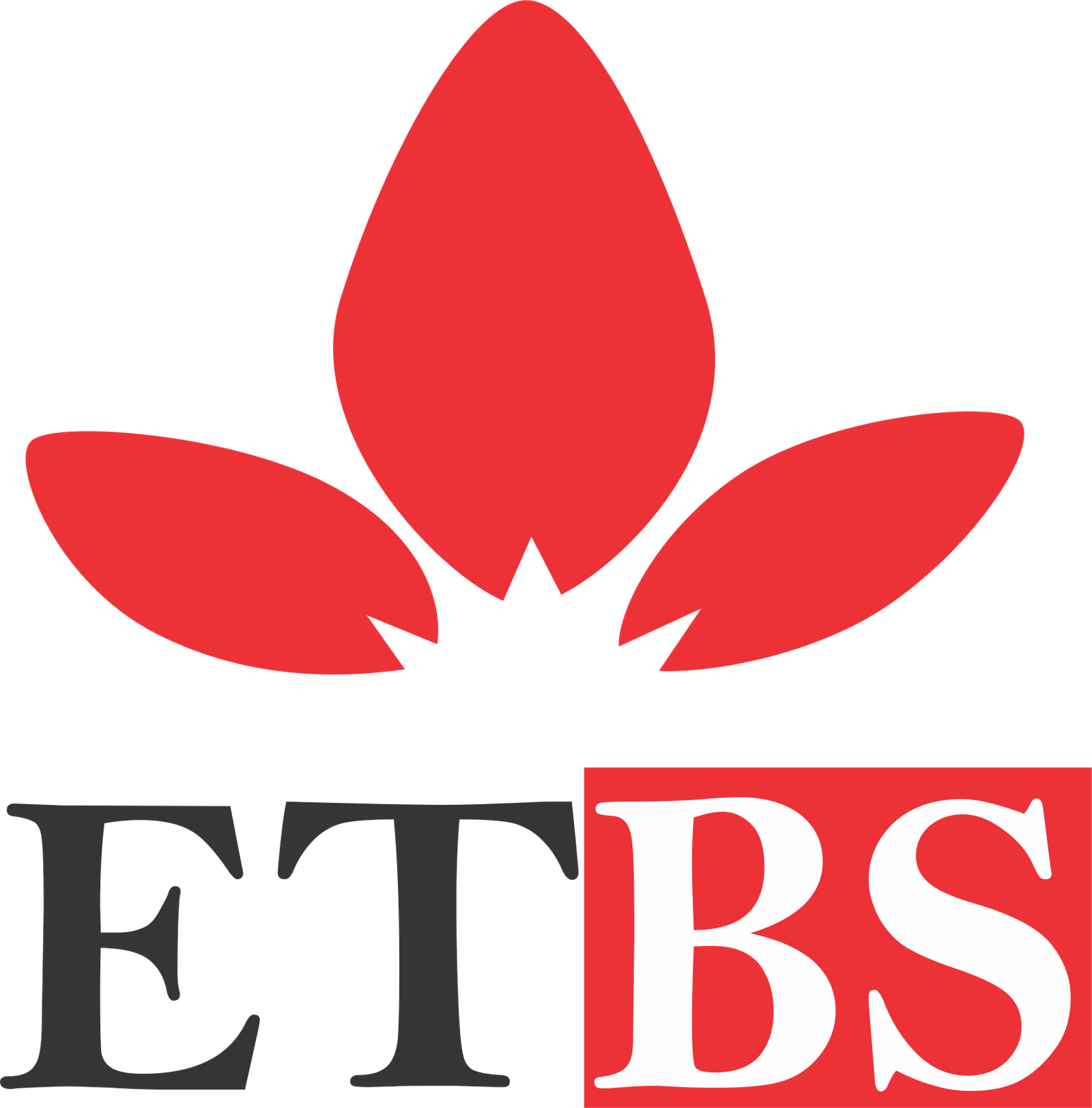 EarthTab Business School
EarthTab Business School
☰
|

Welcome To EarthTab Business School. My Name Is Noah Gagnon And I Will Be Your Course Preceptor For The Course, Art Styles And Mediums( Oil, Acrylic, Watercolor) The course Art Styles and Mediums (Oil, Acrylic, Watercolor) is a multifaceted, immersive, and academically rigorous program designed to deepen your knowledge, technical skill, aesthetic understanding, and creative confidence in both the history of art styles and the practical application of painting mediums. By focusing on three of the most significant and widely-used mediums oil, acrylic, and watercolor this course offers a well-rounded foundation and advanced proficiency in material-based artistic expression. Painting is one of the oldest and most potent means of communication and storytelling. Throughout history, artists have used various styles and mediums to capture emotions, comment on society, document real events, express philosophical ideals, or simply explore the possibilities of form and color. This course not only honors the traditions of painting but also brings it into the context of contemporary practice by blending classical training with innovative approaches. Through historical, theoretical, analytical, and hands-on explorations, learners will investigate how art styles have evolved, how certain styles are linked to specific media or techniques, and how to use various painting tools and materials to evoke intention, meaning, and visual impact. You will also explore how style and medium influence one another, how oil can be manipulated to suit Realist or Baroque sensibilities, how acrylic thrives in Pop Art and abstraction, or how watercolor brings vibrancy and delicacy to impressionistic or illustrative works. The course is designed with a modular approach that moves from foundational material knowledge to highly sophisticated stylistic and compositional development. Each module builds upon the previous, transitioning from understanding paint chemistry and behavior to analyzing art movements, mastering application techniques, exploring mixed media combinations, and ultimately developing one’s own signature artistic voice. Upon completion of this course, you will be able to: Identify and differentiate between major historical and contemporary art styles, with visual and contextual fluency. Analyze the characteristics, strengths, limitations, and appropriate uses of oil, acrylic, and watercolor paints. Demonstrate mastery of technical processes specific to each medium (layering, blending, glazing, wet-in-wet, impasto, etc.). Interpret visual language and symbolism across different styles, including Realism, Impressionism, Expressionism, Surrealism, Abstract Art, and others. Evaluate and select the appropriate medium for specific artistic intentions, stylistic goals, and emotional effects. Apply mixed-media and experimental approaches to combine mediums effectively and creatively. Develop a cohesive portfolio showcasing original works in each medium and/or style, aligned with personal expression. Understand archival standards and best practices for storing, displaying, and preserving works in oil, acrylic, and watercolor. Discuss global contributions to stylistic evolution beyond Eurocentric art history, including African, Asian, Indigenous, and Latin American influences. Critically assess artworks through visual analysis, material studies, and contextual critique. This course is crafted for: Intermediate and advanced art students Practicing artists transitioning to new mediums Self-taught creatives seeking formal structure Art educators and instructors seeking curriculum expansion Art therapists using visual expression as a tool Anyone with a serious interest in understanding the mechanics of painting alongside its intellectual and emotional frameworks The course is divided into 10 intensive modules. Each module includes: In-depth lectures and readings Visual case studies from masterworks and contemporary art Technical demonstrations (brushwork, layering, pigment mixing) Guided and independent studio practice Medium-specific assignments End-of-module quizzes Reflective sketchbook or painting journal entries Peer and instructor critiques (if applicable) Final capstone project Medium chemistry and behavior (oil vs. acrylic vs. watercolor) Surface preparation and substrate choices Brush types, palette knives, sponges, masking fluids Color mixing, harmony, and contrast Painting techniques (glazing, scumbling, lifting, etc.) Major art styles: Classical, Realist, Impressionist, Abstract, Surrealist, Pop Art, Expressionist, Minimalist Understanding stylistic principles, motifs, and aesthetic values Composition, symbolism, and stylistic consistency Art movements and their relation to socio political climates Medium use across time: from cave paintings to contemporary installation Cultural variations in style and medium usage (e.g., Eastern ink traditions, West African pattern, Mexican muralism) Personal voice and visual storytelling Intentional medium choice to enhance concept Portfolio planning and execution Professional presentation and critique methodology Layering oil over acrylic (what works and what doesn’t) Watercolor under acrylic washes Mixed-medium collage and texturing techniques Digital integration with traditional media 10 module quizzes (5 questions each, A–D options) Mid-course project (mixed media artwork + artist statement) Final 50-question exam (A–D options) Capstone project (three original artworks 1 per medium, in 3 distinct styles) Certificate of completion upon successful grading (70%+) Oil paint set (minimum 6 colors) Acrylic paint set (student-grade or professional) Watercolor pans or tubes Cold-press and hot-press watercolor paper Canvas boards, stretched canvas, acrylic paper Gesso, mediums, varnishes, linseed oil, turpentine (odorless) Brushes of various shapes and sizes Mixing palettes, containers, paper towels, and gloves By the end of this course, you will: Possess professional-level understanding of how to use and combine oil, acrylic, and watercolor Be able to distinguish and execute a wide range of styles with stylistic accuracy and originality Be prepared to create gallery-ready or commission-quality pieces Have developed a body of work that represents diverse skills and a unique artistic perspective Be capable of speaking confidently about their medium, process, and stylistic influence in professional or academic settingsCOURSE OVERVIEW:
COURSE GOALS AND OBJECTIVES
TARGET AUDIENCE
COURSE STRUCTURE
KEY THEMES AND FOCUS AREAS
1. Technical Proficiency
2. Stylistic Exploration
3. Historical Context
4. Conceptual Development
5. Experimental & Mixed Media
ASSESSMENT & CERTIFICATION
TOOLS & MATERIALS NEEDED
EXPECTED OUTCOMES
I Look Forward To Congratulating You Upon Completion Of This Course

Unlocking Professional Potential through world-class assessments and industry-ready training.
"Empowering Professionals through practical, accessible online business education"
- Blessing Princess Agho
 Founder/Lead Instructor
Founder/Lead Instructor